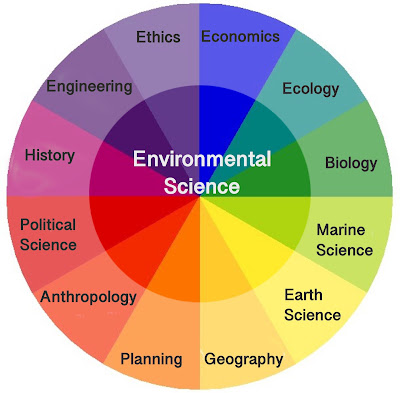Confronting fake facts: 85% reductions? End of farming as we know it?
Fast paced journalism and social media bubbles seem to be promulgating misinformation about what the government has proposed for freshwater.
Here's an example.
Is there really an expectation of 85% reductions on nitrate leaching in the Waikato?
No.
Then where does 85% come from? The new regulations shift nitrate limits shift nitrogen limits from 6.9 mg/L of nitrogen to roughly 1 mg/L.
The value of 6.9 mg in old frameworks was precise, but nearly meaningless. It corresponded to nitrate levels actually killing organisms due to direct toxicity. This would have almost never happened due to failing ecological health.
The new focus is on the ecological health. Too much nitrogen causes too much algal growth somewhere between 0.4 and 1 mg/L. Most people will see that as slime, in the water or on the rocks.
However fish, or the little critters fish eat will experience it a different way. The slimy algae takes up oxygen by day and when it is alive. But at night it respires, or it dies and rots. This consumes oxygen, leaving none for fish, or their food web.
So, if we don’t look after this, fish die along with the ecosystem they depend on. And that’s what we mean by ecological health.
 |
| Algal slime (periphyton) consumes oxygen when it respires and rots, leaving none for fish. Ecological health places limits on this problem. |
The actual process of ensuring ecological health needs to focus on the right measures in the right places. This can be the level of excess nitrogen (and phosphorous) enabling algal growth, the amount of algal growth, or the impacts of low oxygen levels on fish.
With the value of water in New Zealand’s nature heritage appearing as a key election issue and our clean green image underpinning the value of agricultural exports and tourism, you’d have to be living in a bubble to think that the precise but meaningless limit set at nitrate toxicity was ever viable.
Moreover, in many places including the Waikato River, nitrate levels and associated impacts are only starting to exceed ecological health, and that can be brought back under control with good limit setting. That needs to be done before we see more rapid exceedances over the toxicity limit resembling those in areas converted to irrigated dairying in Canterbury.
So what about claims of broad conversion of drystock land to forestry? These are misusing information in several ways that is difficult to track. It must involve the error explained above, but and also an assumption that dairying continues to be economic and it is sheep and beef farming that takes the hit. These assumptions needed to be stated and questioned.
Limits on nitrogen focused on ecological health have been in Horizons One Plan (all less than 0.44 mg/L inorganic N), and underpin Plan Change 1 on the Waikato River. They've also been the basis for successful action in lake catchments including Taupo and Rotorua. They don't come as a surprise.
Note: MfE now explains a bit in Q&A #6 in their Frequently Asked Questions tab at the bottom of the main page on the consultation.
Limits on nitrogen focused on ecological health have been in Horizons One Plan (all less than 0.44 mg/L inorganic N), and underpin Plan Change 1 on the Waikato River. They've also been the basis for successful action in lake catchments including Taupo and Rotorua. They don't come as a surprise.
Note: MfE now explains a bit in Q&A #6 in their Frequently Asked Questions tab at the bottom of the main page on the consultation.
This work is licensed under a Creative Commons Attribution 4.0 International License.



Comments
Post a Comment